How to Efficiently Plan Your Outdoor Meals
People often allude to their body as “a machine that runs on fuel”. The analogy makes sense at face value, but on a deeper level, it considers multiple factors that affect the output, or physical and mental performance, of an individual (sleep, water, food, and core temperature control). This article focuses on food, more specifically, food that requires minimal prep time while simultaneously delivering the maximum amount of nutritional value per-ounce.
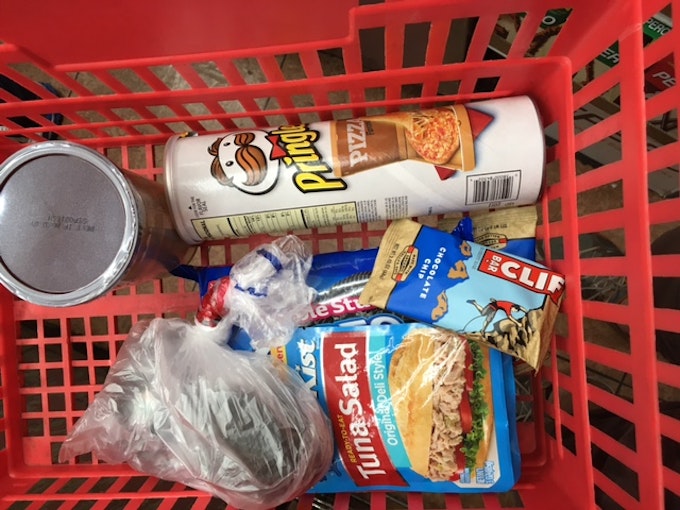
As mentioned in “Choosing Your Own Adventure”, planning a trip around specific objectives defines the requirements that need to be met, both in terms of gear and in terms of nutrition. With that in mind, here are some thoughts to consider while planning your meals:
- What will sustain my energy level throughout the duration of my trip?
- A day hike and a multi-week trek have extremely different caloric and nutritional requirements. The meals that are prepared need to keep you moving.
- How should I portion-out my meals?
- Strategizing when and how much you eat over the course of a day can help dictate the rate at which meals are consumed. This will also provide a more consistent source of energy that can be drawn upon while on the move.
- How will my meals be affected by climate conditions like extreme heat or cold?
- Some foods, like chocolate for example, can become messy or inedible in extreme heat or cold. Biting into a frozen bar could mean a trip to the dentist.
- How much room should I allocate for meals in my pack?
- Pack weight is a bigger deal to some, rather than others, but at the end of the day, the load still needs to be transported. What foods give you the most nutritional and caloric value, while taking up the least amount of space?
- Eating a meal before starting on the trail means one less meal that has to be packed.
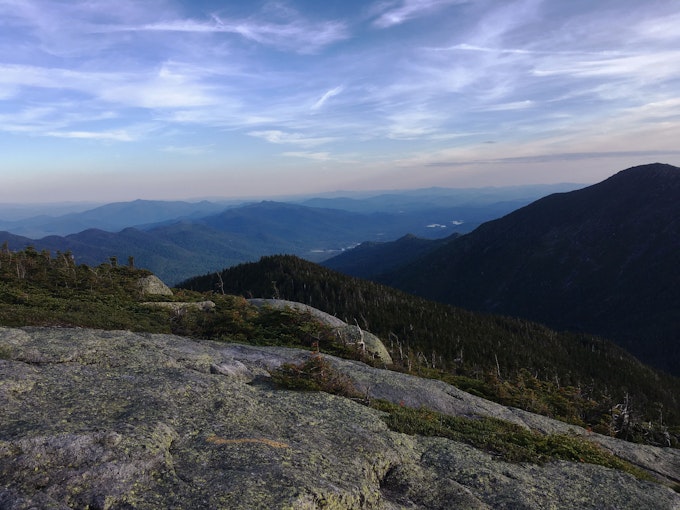
Earlier this summer, I planned to hike The Great Range Trail with my friends in New York's Adirondacks. Attempting to climb 10 mountains over a distance of 25 miles is hungry work, so the meals that I planned were meant to provide the energy I needed to finish the job successfully.
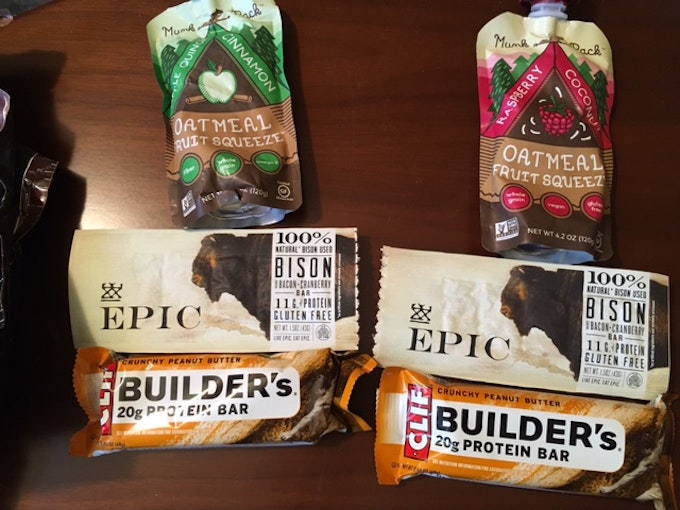
For breakfast, I packed a well rounded meal that was not only calorie dense, but nutritionally rich. The oatmeal pouch, dried meat and protein bar required zero prep-time, and allowed me to eat while covering ground.

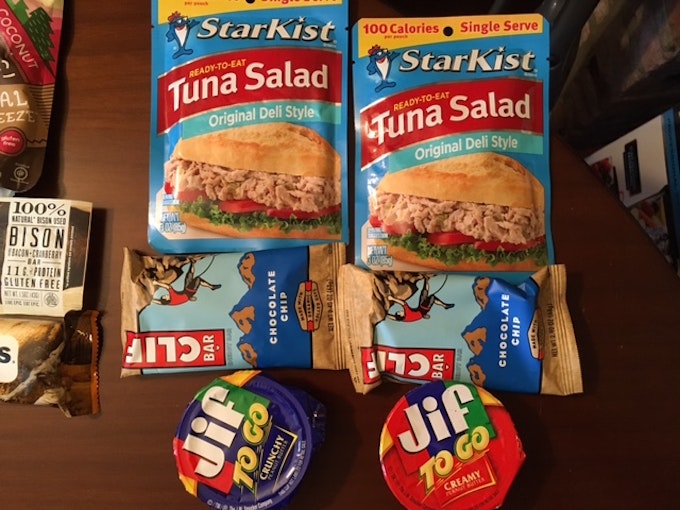
Packing snacks like cookies, chips and trail mix helped supplement my food intake over the course of the day. The salt, calories, fats, and additional protein (tuna, protein bars, and peanut butter) gave my body the boost I needed, especially as the trail became more difficult.
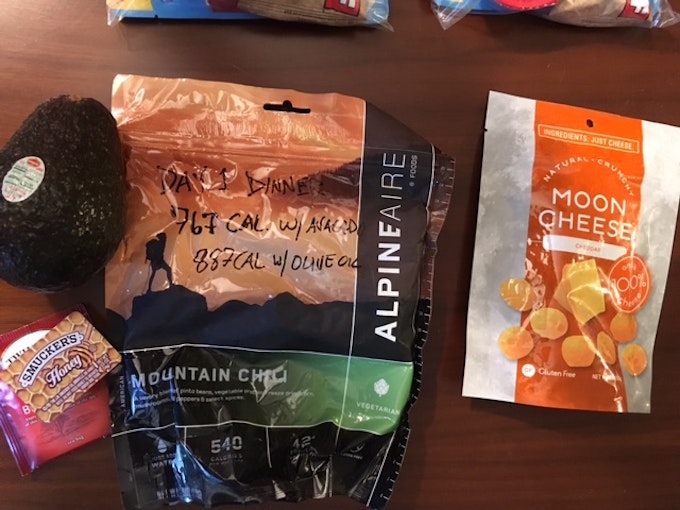
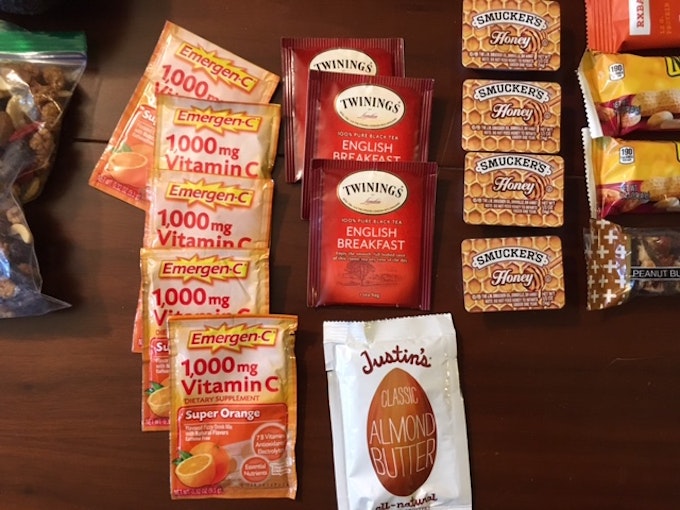
Before turning in, I usually enjoy a warm cup of tea, which I make from the leftover boiled water from dinner. It may be a good idea to raid a condiments stand for small packs of honey to take with you! Drinking an Emergen-C pack helps to replenish vitamins and minerals that were spent during the day.
When camping overnight, or on the trail for extended periods of time, remember to store your food with best practices in mind. The last thing you want is a visit from a hungry critter in the middle of the night.
Of course, nothing is more glorious than the celebratory feast that takes place after each trip. Loading up on burgers and onion-rings is your rightful reward after eating out of sandwich bags for days on end!
Follow my adventures on Instagram »
© James Sisti and Exploring Elsewhere, 2017. Unauthorized use and/or duplication of this material without express and written permission from this site’s author and/or owner is strictly prohibited. Excerpts and links may be used, provided that full and clear credit is given to James Sisti and Exploring Elsewhere with appropriate and specific direction to the original content.

